Choosing a gasoline generator
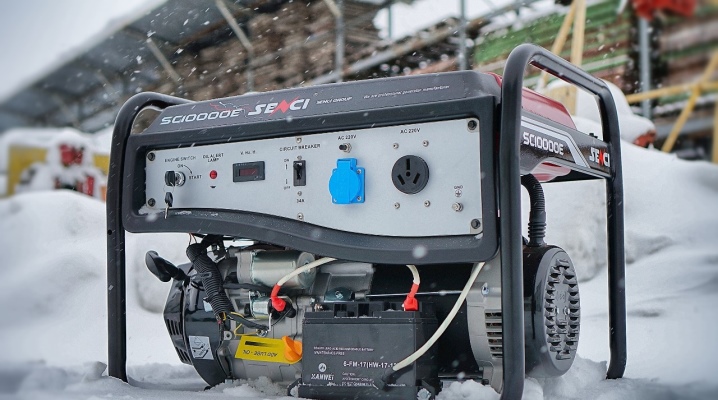
Choosing a gasoline generator must be thoughtful and careful. Accurate advice on how to choose an electric gas generator will eliminate many mistakes. There are industrial and other types, products of Russian and foreign production - and all this should be thoroughly studied.
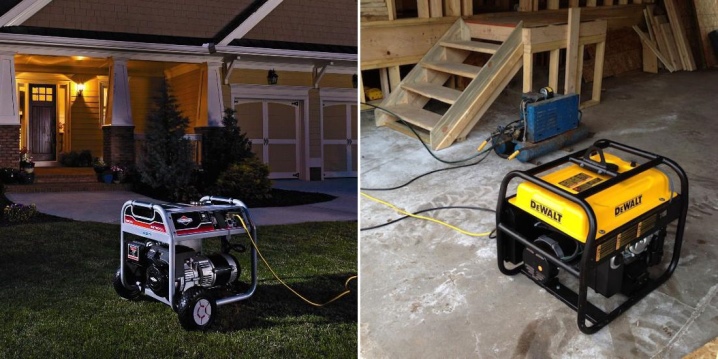
Features of the device and principle of operation
The general operating procedure of a gasoline generator is based on the phenomenon of electromagnetic induction, which has long been known in technology and has been mentioned in physics textbooks for many decades. When a conductor passes through the created field, an electrical potential appears on it. The engine allows the necessary parts of the generator to move, inside which a specially selected fuel is burned. Combustion products (heated gases) move, and their flow begins to spin the crankshaft. From this shaft, a mechanical impulse is sent to the driven shaft, on which a circuit that generates electricity is mounted.
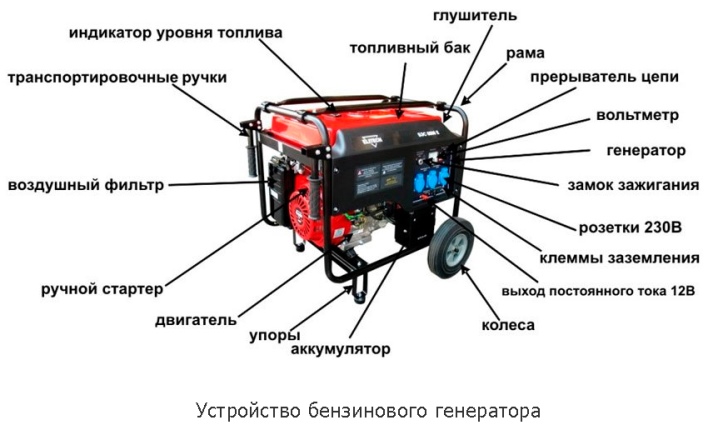
Of course, in reality, this whole scheme is much more complicated. No wonder only trained engineers work on it, who have been mastering their specialty for several years. The slightest mistake in the calculations or in the connection of parts sometimes turns into a complete inoperability of the device. The power of the generated current differs significantly depending on the characteristics of the model and the scope of its application. In any case, the generating circuit itself is traditionally divided into a rotor and a stator.
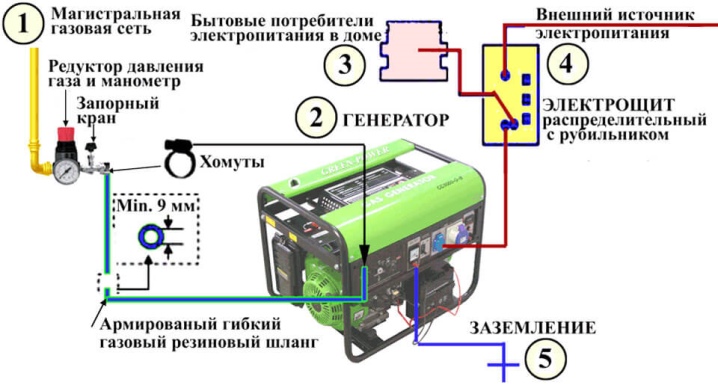
To ignite gasoline (initiate a combustion reaction), spark plugs are used approximately the same as in a car engine. But if the sound volume is only welcome for a racing car or a sports bike, then a silencer is necessarily installed on the gas generator. Thanks to it, it will be more comfortable to use the device, even if it is installed in the house itself or near places of permanent residence of people. When installing a generator system indoors, even just in a shed, a pipe must also be provided, with the help of which dangerous and simply unpleasant smelling gases are removed. The diameter of the branch duct is usually selected with a certain margin, so that even the "blocking wind" does not cause inconvenience.
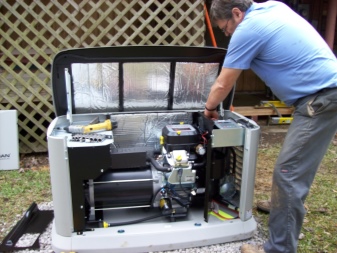
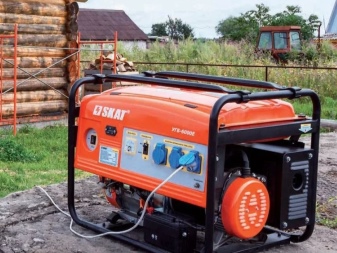
Alas, in most cases, pipes have to be made additionally with their own hands. Standard products are either not provided, or are completely unsatisfactory in their qualities. The gas generator should also be supplemented with a battery, because in this version it is much easier to start the device into operation. In addition to the already mentioned parts and components, the production of the generator will also require:
- electric starter;
- a certain number of wires;
- supply current stabilizers;
- gasoline tanks;
- automatic loading machines;
- voltmeters;
- ignition locks;
- air filters;
- fuel taps;
- air dampers.

Comparison with electric models
The gasoline electric generator is good, but its capabilities can be clearly seen only in comparison with the "competing" models of technology. A gasoline-powered device develops slightly less power than a diesel unit. They are used mainly, respectively, in rarely visited summer cottages and in houses where they live permanently.Diesel is also advised to choose if power outages occur frequently and last for a long time. On the other hand, the carburetor device is more mobile and flexible, and can be used in a variety of conditions.


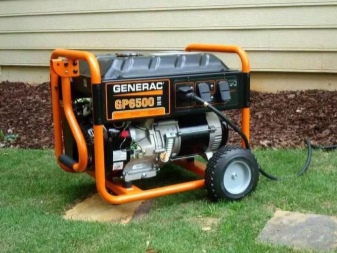
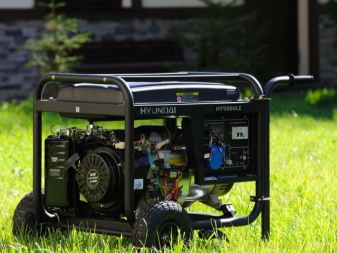
It is optimal for campgrounds and similar places.
The petrol-powered system is placed quietly in the open air. For it (provided that special noise-dampening enclosures are used), a separate room is not required. The gasoline apparatus works stably from 5 to 8 hours; after that, you still need to take a break. Diesel units, despite their extended capabilities, are very unpleasant in terms of price, but they can work for a very long time, almost continuously. In addition, a gas generator and a gas sample should be compared:
- gas is cheaper - gasoline is more readily available and easier to store;
- gasoline combustion products are more toxic (including more carbon monoxide) - but the gas supply system is technically more complicated and does not imply self-repair;
- gasoline is flammable - gas is flammable and explosive at the same time;
- gas is stored longer - but gasoline retains its qualities at a significantly lower temperature.

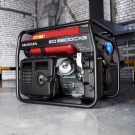
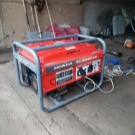
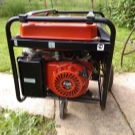
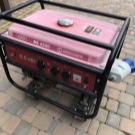
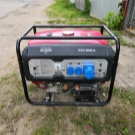
Where are they used?
The areas of use of gas generators are practically unlimited. Advanced models of devices can be used not only in the household sphere. They are especially often used when it is necessary to carry out repairs, supplying current for several hours a day. As already mentioned, gasoline-fueled equipment is also very important in emergencies and in places where a stable mains power supply is not possible. Given these properties, gasoline units are required to be used:
- in hiking trips and permanent camps;
- during fishing and hunting;
- as a starting device for a car engine;
- for summer cottages and suburban, country houses;
- in markets, garages, basements;
- in other places where an unstable power supply could be dangerous or cause serious damage.

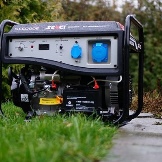
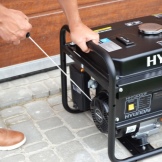

Classification and main characteristics
By power
Household portable models for a summer residence and a country house are usually designed for 5-7 kW. Such systems will allow you to recharge the battery of a car or other vehicle. They are also used in small cafes and cottages. Power plants for cottage settlements, factories, and so on can have a capacity of at least 50 (or better than 100) kW. It is necessary to clearly distinguish between nominal and redundant power (the latter develops only at the limit of possibilities).
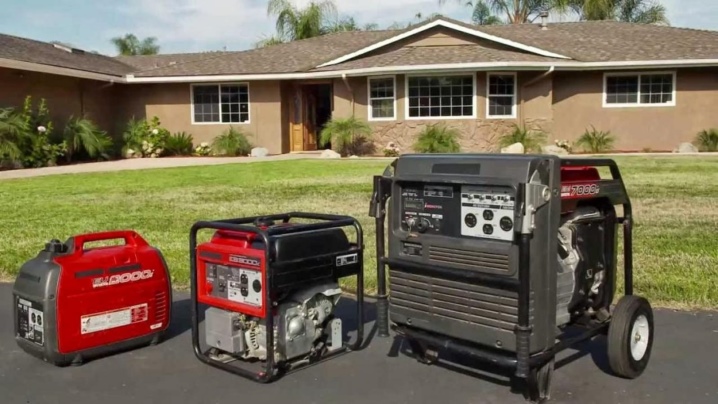
By output voltage
For household appliances, a current of 220 V is required. For industrial purposes, at least 380 V (in most cases). To be able to charge a car battery, you need at least an optional 12 V current output. The method of voltage regulation also matters:
- mechanical switching (the simplest, but providing an error of at least 5%, and sometimes up to 10%);
- automation (aka AVR);
- inverter unit (with a deviation of no more than 2%).
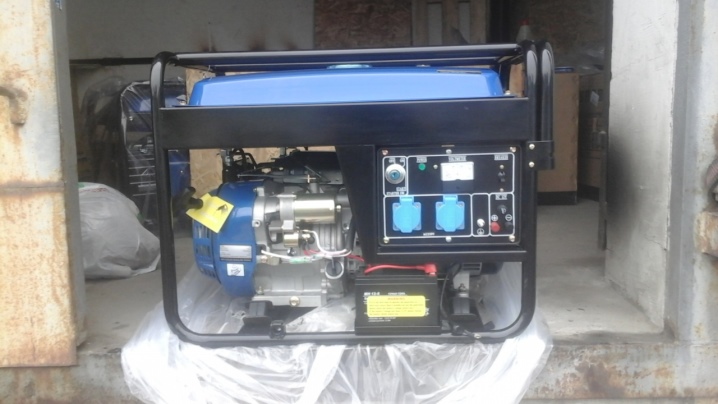
By appointment
The most important role here is played by the industrial and household classes. The second type is presented in a much larger assortment and is designed to work no more than 3 hours in a row. Household models in the overwhelming majority of cases are made in China. Industrial versions:
- much more powerful;
- weigh more;
- able to work up to 8 hours in a row without interruption;
- are supplied by a relatively small number of companies with all the necessary technical capabilities and infrastructure.
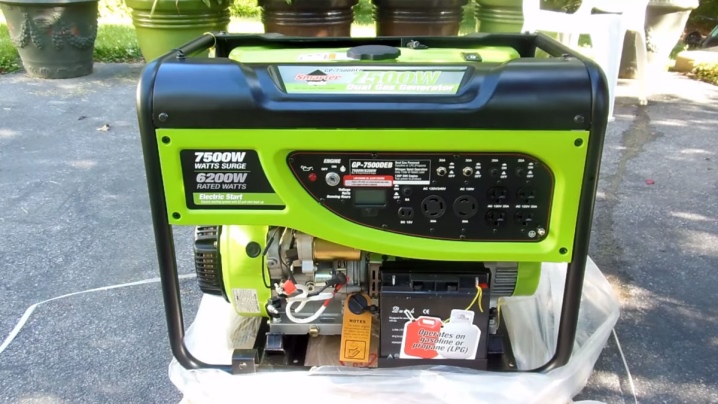
By other parameters
The petrol station drive can be made according to a two-stroke or four-stroke scheme. Systems with two clock cycles are relatively easy to start and take up little space. They consume little fuel and do not require particularly complex selection of working conditions. You can use them safely even at negative temperatures.

However, a two-stroke device develops low power and cannot work for a long time without interruption.
Four-stroke technology is used mainly in powerful generators. Such motors can run for a long time and without significant problems. They function stably in the cold. It is also important to consider what material the cylinder blocks are made of. If they are made of aluminum, the structure is lighter, has a compact size, but does not allow a lot of current to be generated.
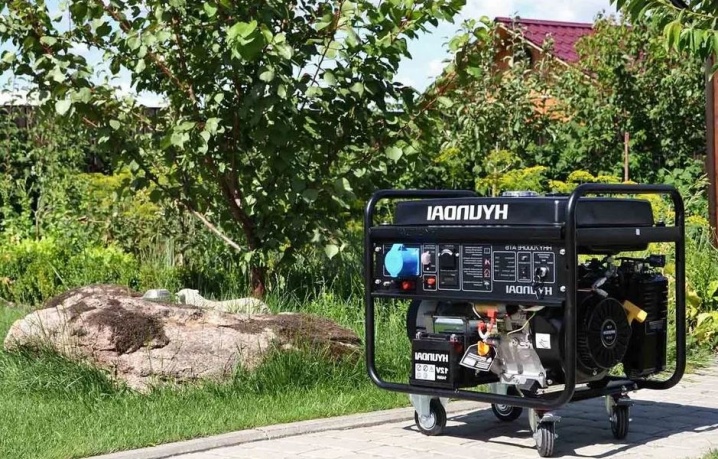
The cast iron cylinder block is much more durable and reliable. He can get a considerable amount of electricity in the shortest possible time. The fuel used must also be taken into account. The problem is not only in specific brands of gasoline. There are also hybrid gas-petrol versions that successfully operate from main gas.
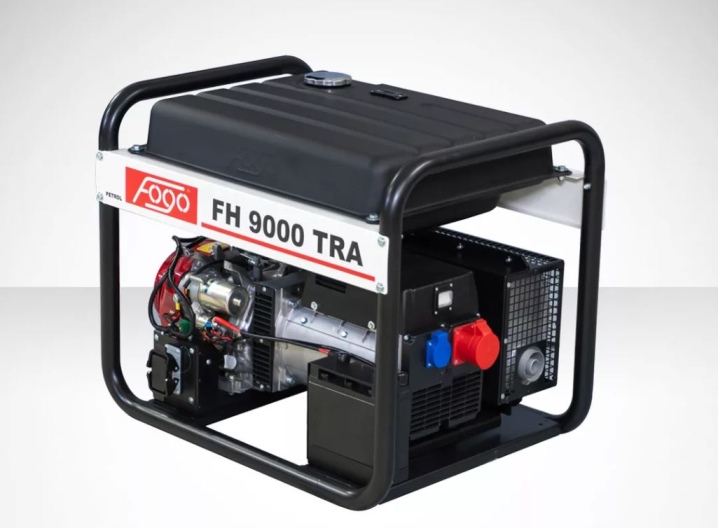
The next important parameter is the difference between synchronous and asynchronous electrical generators. Synchronization is attractive in that it makes it possible to confidently withstand significant electrical overloads that occur at startup. This is very important for feeding refrigerators, microwave ovens, washing machines, welding machines and some other devices. The asynchronous scheme, on the other hand, makes it possible to increase resistance to moisture and clogging, make equipment more compact and reduce its cost.

Such devices are effective if the starting current is relatively low.
Three-phase gasoline generators are optimal if at least one device with three phases is to be serviced. These are primarily high-power pumps and welding machines. A 1-phase consumer can also be connected to one of the terminals of a three-phase current source. Clean single-phase power generators are needed when it is required to supply current to the appropriate electrical appliances and tools.
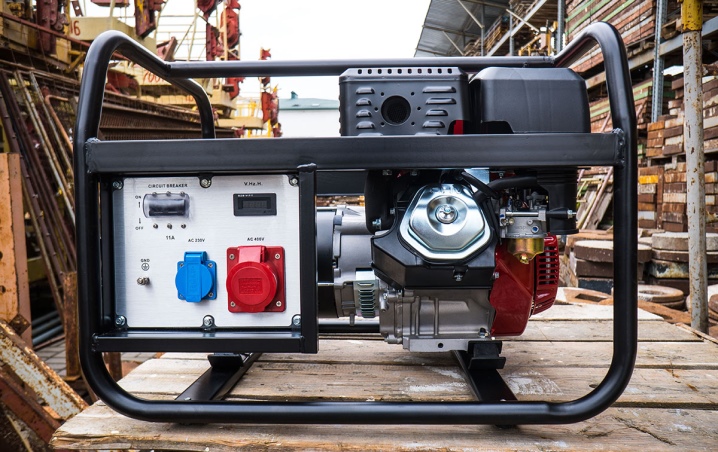
A more accurate choice can be made taking into account the recommendations of professionals.
Manufacturers
If you are not limited to the cheapest electric generators, then you should pay attention to Japanese brand Elemax, whose products are distinguished by their reliability and stability. Recently, the modernization of the product line allows us to classify Elemax products in the premium category. For the complete set, Honda power plants are used. To some extent, this brand can be attributed to companies with Russian production - however, only at the assembly level.
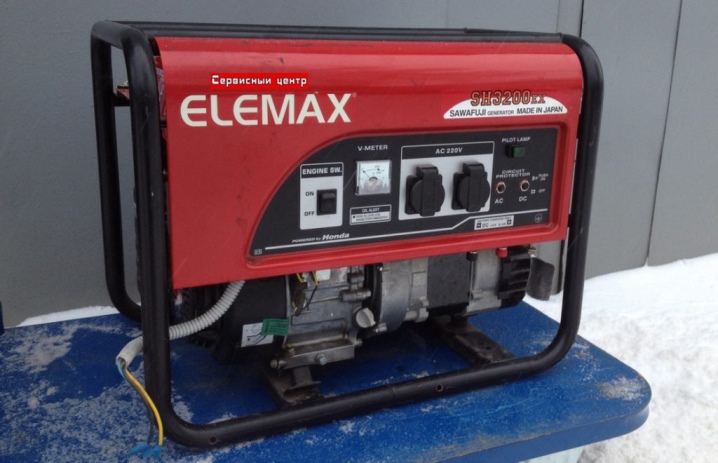
For the consumer, this means:
- decent quality parts;
- savings;
- debugged service and repair service;
- a wide range of specific models.
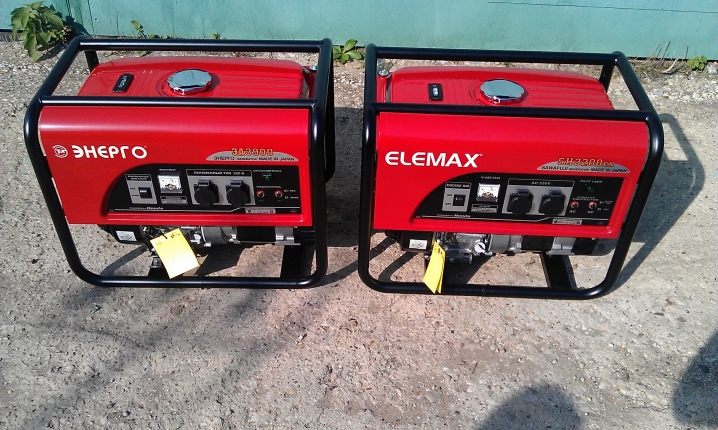
Purely domestic products brand "Vepr" becomes more and more popular from year to year. There is already every reason to equate it with the products of leading foreign firms. Moreover, only a few companies can boast of the same rate of product range expansion and identical quality. Versions with an open design and with protective covers, with the option of replenishing the welding machines, are sold under the Vepr brand. There are also models with ATS.
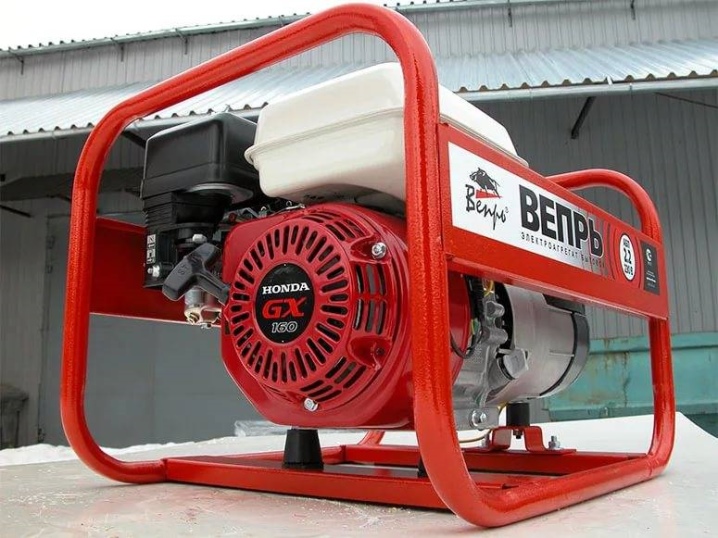
Traditionally have a very good reputation Gesan devices... The Spanish manufacturer prefers to use Honda motors to complete its products. But there are also designs based on Briggs end Stratton. This firm always provides an automatic shutdown system; it helps a lot, for example, when the voltage in the network drops sharply.
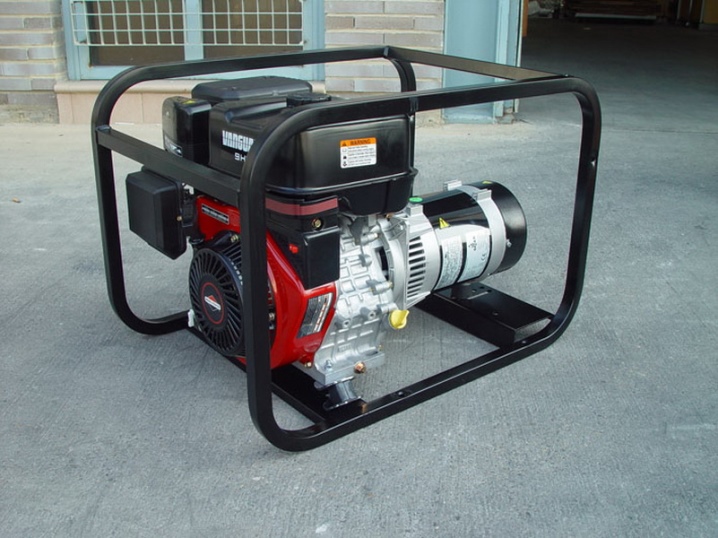
Products under by the Geko brand... They are quite expensive - and yet the price is fully justified. The company positions the bulk of its products as high-quality offerings for home use. But the separate Geko generators can be used for serious work as well. It is also worth noting the active use of Honda engine kits.

Made in France gas generators SDMO are in demand in many parts of the world. This brand boasts the availability of models of various capacities. Kohler motors are often used in the manufacture of goods. The cost of such equipment is not high, especially against the background of the Gesan, Geko listed above.The cost / performance ratio is also pretty decent.
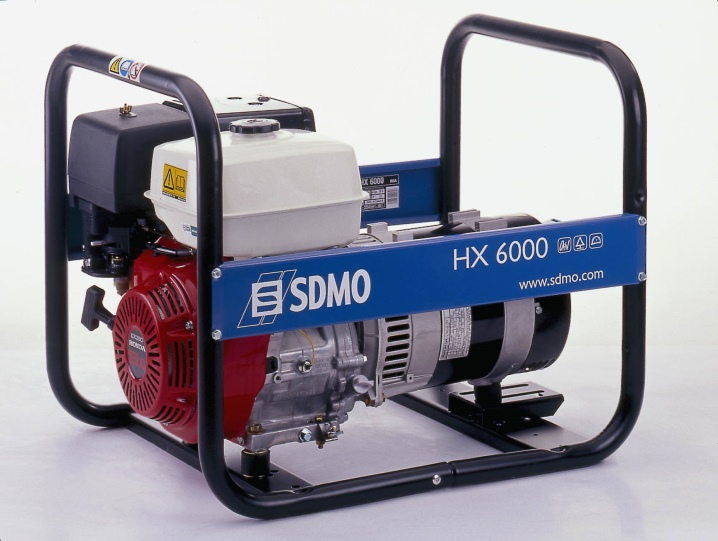
Among the Chinese brands, attention is drawn to themselves:
- Ergomax;
- Firman;
- Kipor;
- Skat;
- Tsunami;
- TCC;
- Champion;
- Aurora.
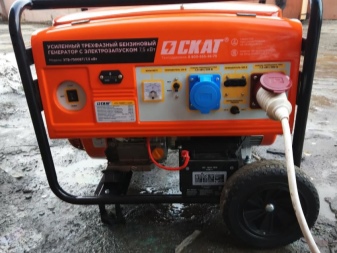
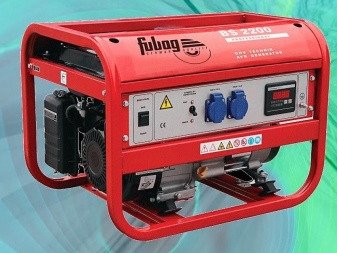
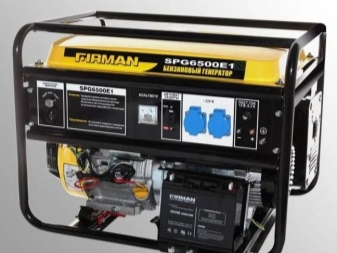
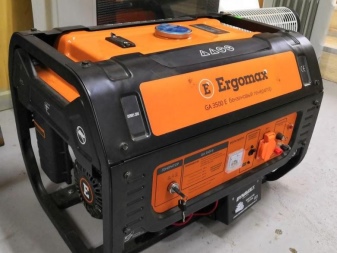
Among German suppliers, such advanced and well-deserved brands are significant:
- Fubag;
- Huter (conditionally German, but more on that later);
- RID;
- Sturm;
- Denzel;
- Brima;
- Endress.
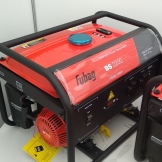
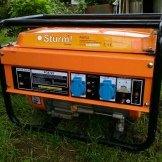
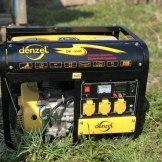
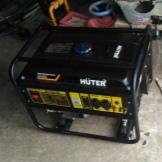
How to choose?
Of course, when choosing a gas generator, it is necessary to carefully study the reviews of specific models. However, this moment, and power, and even calculation for indoor or outdoor use are far from everything. It is very useful if the delivery includes an exhaust system. Then you don't have to tinker with it yourself, risking an irreparable mistake.
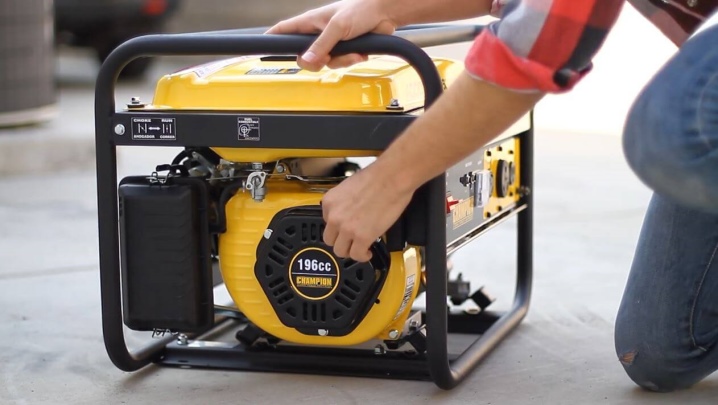
It is categorically impossible to automatically trust any recommendations of store consultants - they strive first of all to sell the finished product, and for this purpose they will satisfy the consumer's request and will never contradict him. If sellers say that “this is a European company, but everything is done in China” or “this is Asia, but factory-made, of high quality,” you need to see if it is present in the catalogs of large foreign retail chains. Very often no one knows such companies in the EU and the USA, they are also unknown in Japan - then the conclusion is quite obvious.
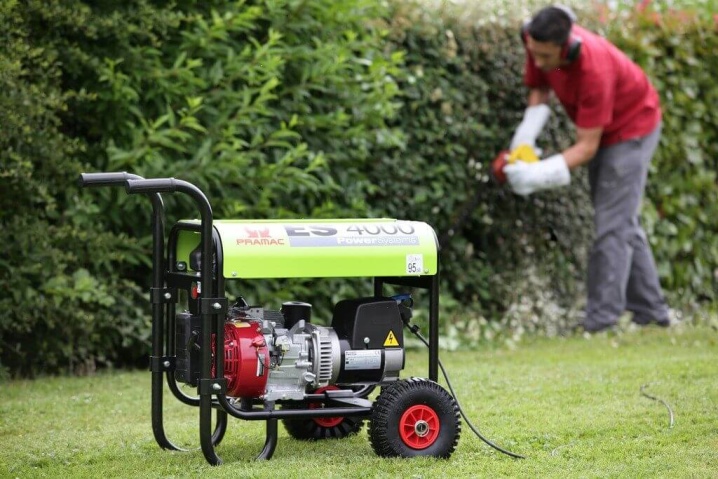
The next important point is that sometimes it is necessary to listen to the recommendations of sellers if they argue their statements with facts, references to standards and generally known information. Attention: you should not buy gas generators in "physical" stores, because this is a technically complex product, and not a product of mass demand. In any case, the service will receive copies for repair, bypassing the store, and its employees simply cannot know what the percentage of claims for individual models is. In addition, the choice in any online directory is usually wider. The assortment is smaller on sites associated with some manufacturer, but the quality is higher.

A very common mistake is to focus on the country of production. Let's say it is reliably known that the generator is made in China, or in Germany, or in Russia. In any case, components are usually supplied from at least several cities of the same state. And sometimes from several countries at the same time.

The main thing is to focus on the brand (given its reputation).
Another important point is that the power, weight, and so on, indicated by the manufacturers, are not always correct. It would be much more correct to focus on the adequacy of the price. When determining the required power, you should not blindly follow the widespread recommendation - take into account the total power and starting factors. The point is the presence of so-called reactive energy consumers; it will not be possible to accurately predict the total power. Moreover, the load will also change nonlinearly! Inverter generators are worth taking if you have a clear idea of why they are needed and how they will be used. The waveform depends on the overall quality and price of the product more than on the inverter or “simple” design.
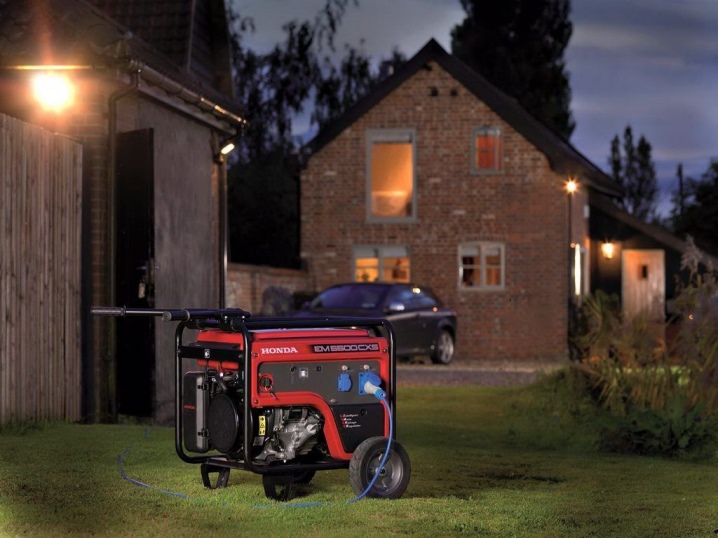
How to use?
Any instruction manual clearly states that oil level and grounding must be checked before starting. And it is very important to make sure that the device is firmly and stable in its proper place. At the time of start-up, it is necessary to check that no loads are connected to the generator. The experienced consumer will start up the device briefly at first. Then he mutes it, and in the next run the generator works when the load is disconnected; it can only be connected after it has completely warmed up.
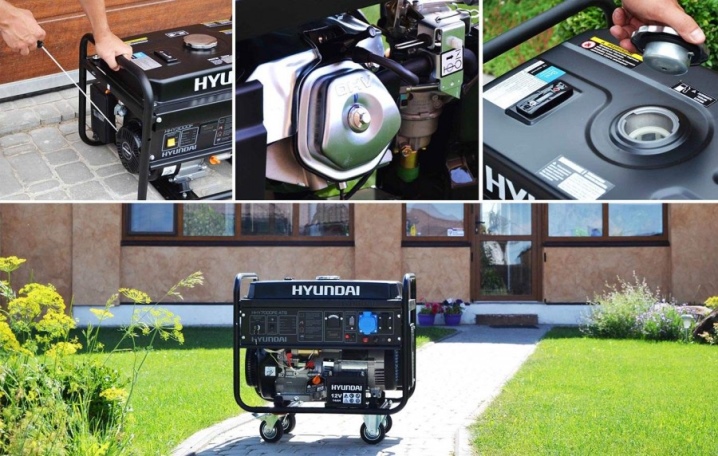
Important: it is necessary not only to ground the gas generator, but also to connect it through the protection (ATS), otherwise the proper safety cannot be ensured.
Additionally, you will have to install outgoing machines, subdivided into groups for each type of load. Carburetor adjustment is carried out as follows:
- disassemble the device itself;
- find a special "quantitative" screw;
- adjust the gap so that the smallest opening of the throttle valve occurs by 1.5 mm (an error of 0.5 mm is allowed);
- check that the voltage after the procedure is stably kept at a level of 210 to 235 V (or in another range, if indicated in the instructions).
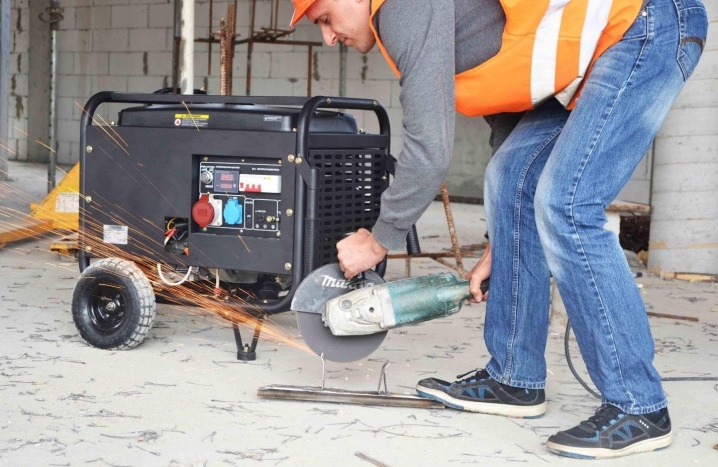
Often there are complaints that the revolutions on the gas generator "float". This is usually associated with starting the instrument off load. It is enough to give it - and the problem is almost always solved. Otherwise, you will have to adjust the draft in the area from the centrifugal regulator to the damper. The appearance of backlash in this link occurs regularly, and this is not a reason for panic. If the generator does not pick up speed, does not start at all, we can assume:
- destruction or deformation of the crankcase;
- damage to the connecting rod;
- problems with the production of an electrical spark;
- instability of fuel supply;
- problems with candles.
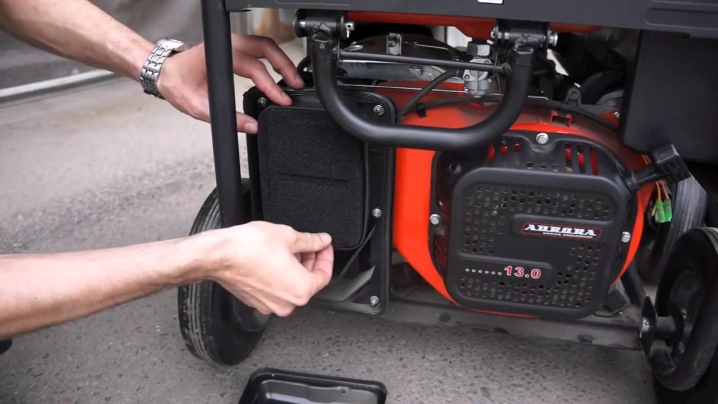
It is imperative to run in the gasoline generator at the very beginning of operation. The first 20 hours of this procedure should not be accompanied by a full boot of the device. The very first run never runs completely idle (20 or 30 minutes). During the running-in process, the continuous operation of the engine at any time should not exceed 2 hours; unpredictable work at this moment is a variant of the norm.
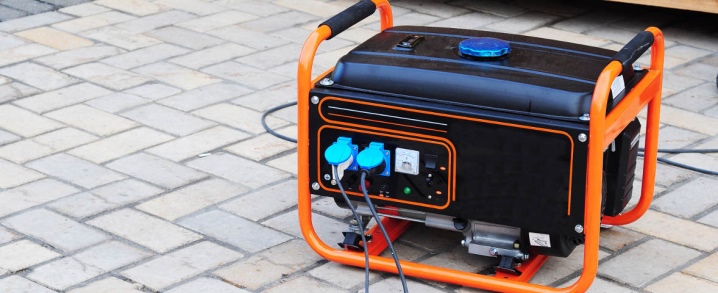
For your information: contrary to popular belief, a stabilizer is almost never needed for a gas generator.
When starting the portable power station, check the oil level every time. When replacing it, the filter must also be replaced. Air filters are checked every 30 hours. A generator spark plug test should be performed every 100 hours of operation. After a break in operation for 90 days or more, the oil should be replaced without any check - it will definitely lose its quality.
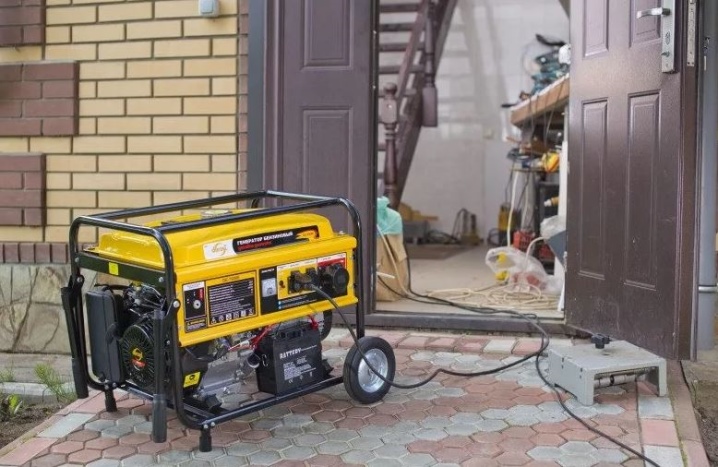
A few more recommendations:
- if possible, use the generator only in cool air;
- take care of ventilation in the room;
- place the device away from open flames, flammable substances;
- install heavy models on a strong base (steel frame);
- use the generator only for the voltage for which it is intended, and do not try to alter;
- connect electronics (computers) and other devices sensitive to the disappearance of voltage, to its fluctuations only through a stabilizer;
- stop the machine after running out of two tank fillings;
- exclude refueling of an operating or a gas station that has not had time to cool down.
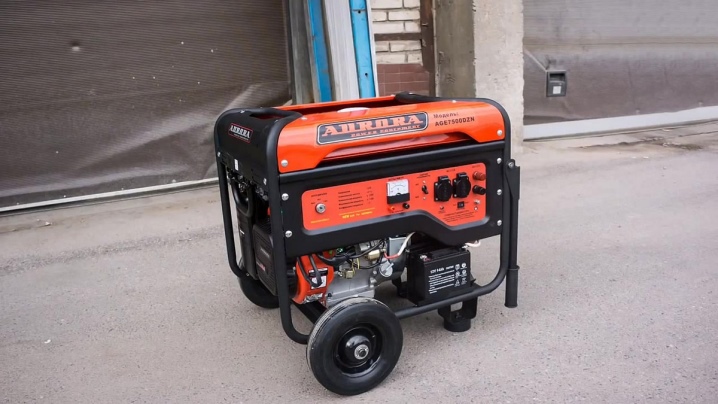
For information on how to choose a gasoline generator for home and summer cottages, see the next video.













The comment was sent successfully.